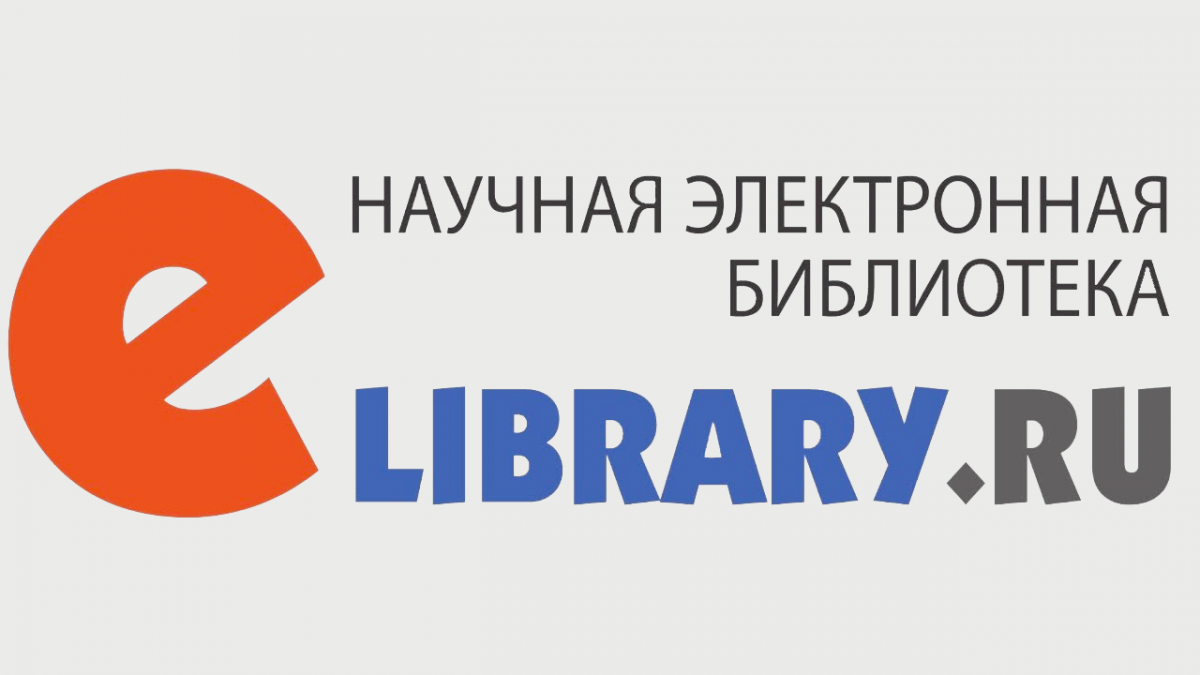Physical training of men of different age groups for GTO complex test "pull-ups on horizontal bar"
ˑ:
PhD, Associate Professor J.E. Yakubenko1
PhD, Associate Professor V.E. Smirnov2
1Moscow Aviation Institute (National Research University), Moscow
2Russian State University of Physical Education, Sport, Youth and Tourism (SCOLIPE), Moscow
Objective of the study was to develop guidelines for teaching the technique of pulling up on a horizontal bar and for physical training of men of different age groups.
Results of the study and conclusions. The authors note that pull-ups is a rather difficult exercise, which is included in the list of the GTO Complex standards. This exercise involves the shoulder girdle, back, and abdominal muscles. The main load falls on the biceps, inner triceps heads, shoulder, pectoral and latissimus dorsi, as well as deltoid, forearm and abdominal muscles.
Based on the muscles involved, the authors single out the following lead-up exercises imitating pull-ups on a horizontal bar:
- assisted pull-ups (with a partner’s assistance);
- pull-ups on a low bar using both legs;
- pull-ups using rubber bands of different thicknesses;
- pulldowns;
- cable seated row;
- "Gravitron" pull-ups (cable-pull machine, pressing on the knees or feet, thus, helping complete the exercise).
Therefore, the developed and presented methodological recommendations for men independently mastering the pull-up exercise performance skills will help increase their physical fitness level in order for them to successfully hit the GTO Complex qualifying standard.
Keywords: “Ready for Labor and Defense” (GTO) Complex, lead-up exercises, basic exercises, fitness level, load volume, topography of muscle strength, reps.
References
- Blagoush P. K teorii testirovaniya dvigatelnykh sposobnostey [On the theory of testing motor abilities]. Transl. from Czech. M.: Fizkultura i sport publ., 1982. 165 p.
- Vasilets V.V., Kostyuchenko V.F., Vrubelskiy E.P. Sravnitelny analiz izmeneniy komponentnogo sostava tela pod vliyaniem trenirovochnoy nagruzki ozdorovitelnogo haraktera [Comparative analysis of changes in component body composition under fitness training load]. Uchenye zapiski universiteta im. P.F. Lesgafta. 2015.no. 1 (119). pp. 48-53.
- Koryagina Yu.V., Nopin S.V., Blinov V.A., Blinov O.A. Tekhnologiya «EXERGAMES» kak innovatsionnoe sredstvo sportivnoy trenirovki i testirovaniya rabotosposobnosti sportsmenov (po materialam zarubezhnoy literaturyi) [EXERGAMES technology as innovative tool for sports training and athletes' performance testing (based on foreign literature)]. Uchenye zapiski universiteta im. P.F. Lesgafta, 2015. no. 7 (125). pp. 113-119.
- Makeeva V.S. Monitoring fizicheskogo sostoyaniya [Physical state monitoring]. Study guide. Orel: Gosuniversitet-UNPK publ., 2013. 100 p.
- Mukhametgaliev A.F. Fizicheskoe razvitie obuchayushchikhsya pri defitsite spetsializirovannykh ploschadok dlya zanyatiy [Physical development of students with shortage of specialized training facilities]. Sotsialnye otnosheniya. 2016. no. 1 (16).pp. 113-122.
- Novokreshchenov V.V., Kolyaskina T.Yu. Metodicheskoe posobie po podgotovke grazhdan k vyipolneniyu normativov i trebovaniy Kompleksa GTO [Guide on how train citizens for GTO Complex tests]. M.: Sovetskiy sport publ., 2014. 118 p.
- Guzhalovsky A.A. [ed.]. Osnovy teorii i metodiki fizicheskoy kultury [Fundamentals of theory and methods of physical education]. Textbook M.: Fizkultura i sport publ., 1986. 352 p.
- Platonov V.N. Periodizatsiya sportivnoy trenirovki. Obshchaya teoriya i ee prakticheskoe primenenie [Periodization of sports training. General theory and its practical application]. Kiev: Olimpiyskaya literatura publ., 2014. 624 p.
- Stolyarov V.I. Teoriya i metodologiya sovremennogo fizicheskogo vospitaniya: sostoyanie razrabotki i avtorskaya kontseptsiya [Theory and methodology of modern physical education: state of development and author's concept]. Kiev: NUFVSU, Olimpiyskaya literatura publ., 2015. 704 p.

